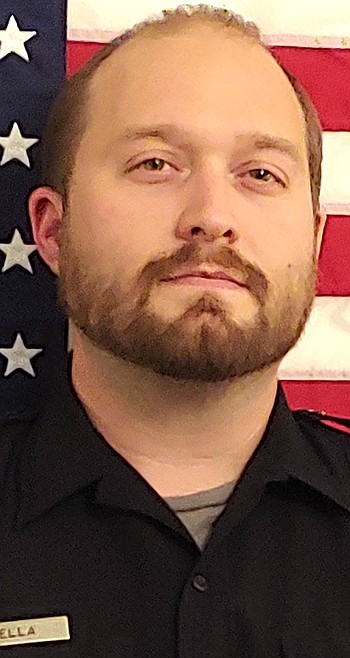Cardiac arrest chain of survival: Part Two
|
March 26, 2020 1:00 AM
“Clear!”
With the push of a button, the patient’s body convulsed with 200 joules of energy — briefly — and then nothing.
Silence hung in the air as all eyes on the cardiac monitor saw the EKG line change from squiggly to flat...
Become a Subscriber!
You have read all of your free articles this month. Select a plan below to start your subscription today.
Already a subscriber? Login



